How are companies integrating biometric or health-focused features into packaging for enhanced user feedback?
» Packaging- Smart labels on packaging now change color to indicate freshness or spoilage, providing real-time health feedback.
- Packaging with embedded sensors can track vital signs when held, offering immediate health insights to consumers.
- QR codes on packages link to apps that monitor dietary needs and suggest products based on individual health profiles.
What are the latest trends in companies embedding biometric or health-monitoring features into their product packaging to give customers real-time feedback? Any examples of cool tech being used for this?
One innovative approach is the use of NFC chips in packaging, which let customers scan with their smartphones to access health data tracked by the product. For instance, smart labels that change color to indicate spoilage or contamination in food items, providing immediate health-related feedback.
With our network with packaging suppliers along with a huge international network, we provide customizable logistic packaging services as per the needs and requirements of our clients, in order to maintain continuous product development and greatly reduce the spending for packaging solutions.
Smart bottles with built-in sensors are popping up which can monitor the hydration levels and prompt users to drink water at regular intervals - useful for those trying to keep on top of their water intake. There's also packaging incorporating QR codes that open up apps or websites with detailed nutritional information, making it easy for users to track their dietary habits. For people with specific health conditions, packaging that interacts with medical devices could automatically record and transmit data, simplifying the management of their health. It's worth keeping an eye on how this technology progresses, especially with privacy and data security in mind.
Some beauty products now use jars that track how often they're opened and warn you when the product might be expiring. It's like a little nudge reminding you to use it up while it's still good.
- How do changing consumer behaviors, like the move to online shopping, impact packaging needs? 3
- How do packaging designs address the growing trend of DIY kits or self-assembly products? 4
- What are some alternative packaging solutions you've seen in the automotive industry that impressed you? 12
- How do different lighting conditions (e.g., store lights vs. daylight) affect packaging appearance? 5
- What are your thoughts on the environmental impact of paper alternative coffee cups? 8
- How do packaging designs cater to the growing trend of experiential or hands-on learning products? 1
- How are companies using packaging to enhance the educational or informative aspects of products? 5
- Do you prefer bread that is packaged in paper bags with windows, or does the packaging not affect your purchase decision? 11
- What's the impact of oversized packaging on waste and the environment? 4
- Have you implemented any innovative solutions to reduce waste in your internal packaging? 13
- What are the challenges of using biodegradable materials in packaging? 382
- What are the latest technological advancements in packaging machinery? 305
- What are some challenges you have faced with automotive packaging, and how did you overcome them? 291
- Are there any concerns regarding the food safety or longevity of bread stored in paper bags with windows? 289
- How would you improve the current design of paper shopping bags to make them more user-friendly or sustainable? 285
- What's the process for quality assurance in our packaging production? 283
- Can you share some tips on how to reduce the use of consumable materials? 281
- Have you encountered any problems when using paper shopping bags in certain weather conditions? 280
- How does the feel and usability of HDPE bags compare to other materials such as paper or fabric? 273
- How do you balance the need for protection and efficiency in your internal packaging processes? 268
Blog Posts | Current
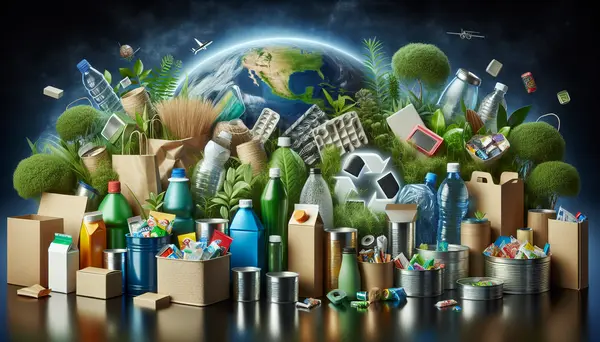
Recycling in Packaging: A Sustainable Approach for a Greener Future
Introduction Packaging is an integral aspect of every product that we consume or use. However, the growth in consumerism and the...
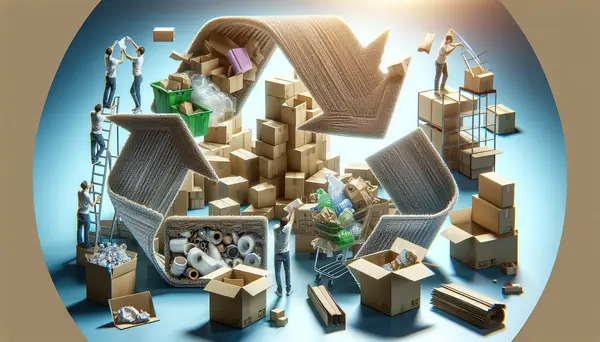
Effective Strategies to Minimize Packaging Waste
Understanding the Importance of Minimizing Packaging WasteIn an increasingly consumer-driven society, the growing problem of packaging waste cannot be ignored....
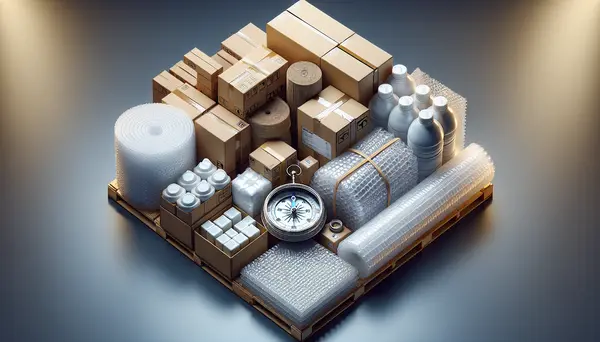
Navigating Packaging Regulation: Compliance and Industry Insights
Understanding Packaging Regulation: A Brief OverviewThe world of packaging regulation can be a complex maze to navigate. However, understanding these...
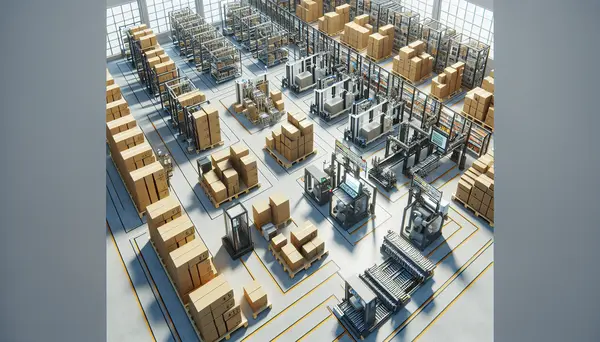
Efficient Solutions for Managing a Packaging Warehouse
Understanding the Basics of a Packaging WarehouseFirst things first, let's delve into the basics of a packaging warehouse. Essentially, a...
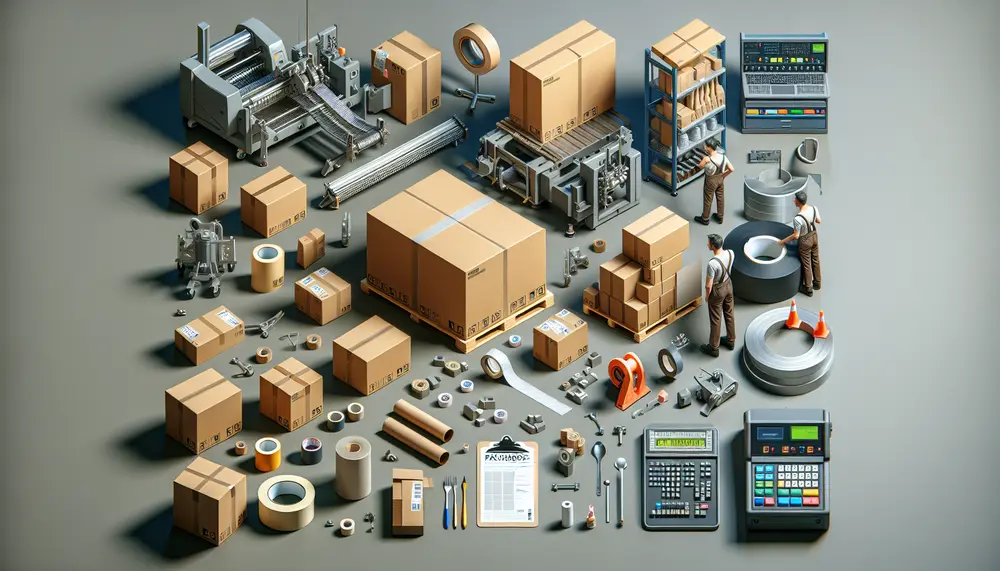
Becoming a Packaging Operator: Skills and Responsibilities
Introduction to the Role of a Packaging OperatorStarting a career in the packaging industry can be an exciting opportunity, especially...
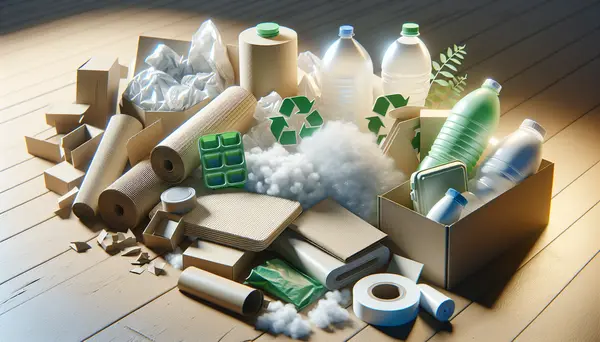
Sustainability in Packaging Design
Introduction As environmental concerns continue to gain prominence in public and corporate consciousness, the topic of sustainability in packaging design has...
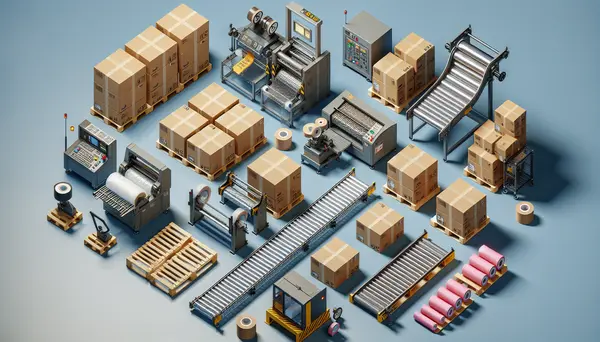
Industrial Packaging Production: A Cornerstone of Modern Manufacturing
Introduction Packaging is an indispensable part of any industry, providing a protective shield for products during their journey from the production...
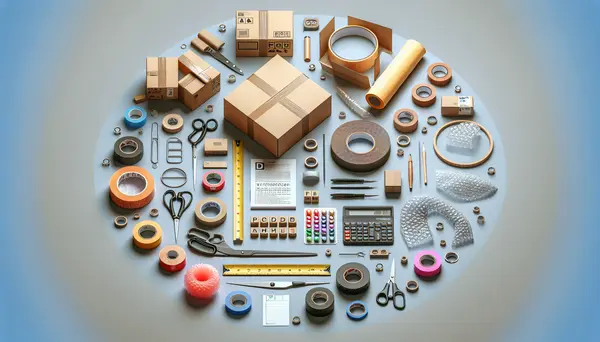
The Cornerstones of Effective Packaging Design: Key Rules to Consider
Introduction Packaging design is far more than a mere protective cover for a product. It is a potent communication tool that...

Understanding Packaging HSN Codes
Introduction to Packaging HSN CodesWhen it comes to the realm of packaging, understanding the complexities and details can often be...

Negotiated Price vs. Demand Quantities: A Detailed Examination
Price negotiation and demand quantities are two significant factors affecting both the supply and demand of goods in the market....

